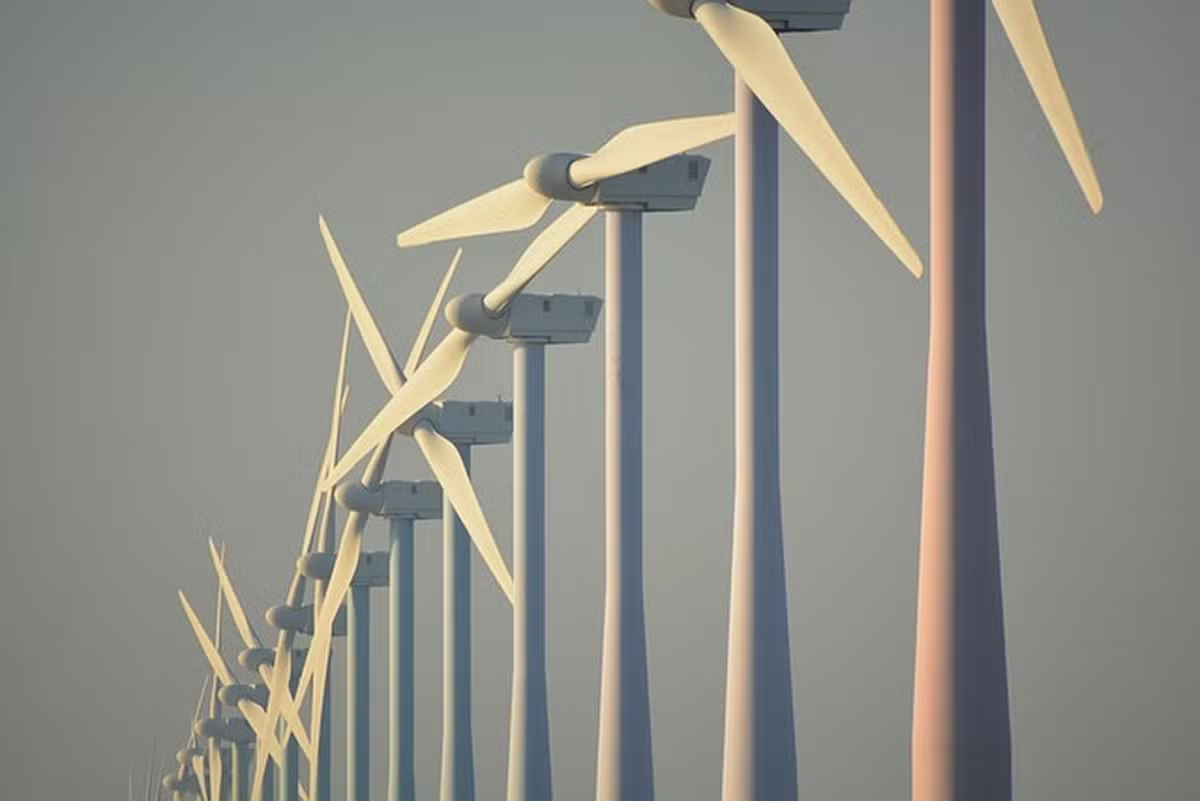
COP30 in Belém is a historic opportunity for Brazil to reaffirm its leadership in clean energy. However, the country has yet to fully exploit the immense renewable potential of its greatest asset, its equatorial margin. This equatorial margin stretches from the Rio Grande do Norte to Amapá, bringing together unique wind, sea, and infrastructure conditions to generate large-scale energy and sustainable development.
- PL Antifaction: Lewandowski tells Motta to consider Delight text ‘unconstitutional’
A soon-to-be-published technical study confirms that this coastal strip could generate six times the total electricity consumed in the country from four times the installed capacity of current power infrastructure. This is one of the world’s largest offshore wind frontiers, where clean and stable energy will drive a new cycle of green industry and digital industrialization in the north and northeast, attracting power-intensive industries, green hydrogen and the digital economy.
- TCU: 90% of countries don’t know how much they’re spending on climate action
Nevertheless, Brazil’s official position at COP30 still supports natural gas, biofuels, and the inaccurate concept of “low-carbon hydrogen.” This expression may include fossil roots such as blue hydrogen, making the speech less reliable. Brazil needs to ensure its commitment to truly green hydrogen, produced from wind and solar energy, certified and traceable, to avoid attracting undue criticism. green washing.
The same goes for biofuels. Although these represent Brazil’s technological achievements, this sector cannot continue to be protected from environmental and tax compensation. Recent reforms have left in place exemptions for large agribusiness, the most advantaged sector of the economy and, paradoxically, one of the least contributing to public finances. Brazil currently has a regressive model in place that shifts the costs of the energy transition to other production sectors.
Another thing missing from Brazil’s agenda is energy storage. Without national policies on batteries, hydrogen and smart grids, the country wastes some of the renewable electricity it generates and limits the expansion of new power plants. reduction It’s not a technical problem, it’s a planning failure.
During my time at Petrobras, we repositioned the company as Brazil’s largest offshore energy project developer, both alone and in partnership with companies such as Equinor. This strategy integrated the legacy of petroleum engineering into the new economy of the sea. Unfortunately, the future of these projects remains uncertain due to a lack of government priority on this topic.
Brazil does not have to choose between oil and renewable energy; it plans a coherent energy evolution that combines technology, sustainability and fiscal justice. We have wind, solar, biomass and industrial capabilities. There is no clear direction for energy policy to translate potential into improved supply.
Winds blowing from the north and northeast are not just a natural resource. This is the key to a clean, digital and sovereign reindustrialization that can change Brazil’s place in the world.
*Jean-Paul Prates, Chairman of the Board of the Center for Natural Resources and Energy Strategy, was also President of Petrobras and a member of the Senate (PT-RN).



